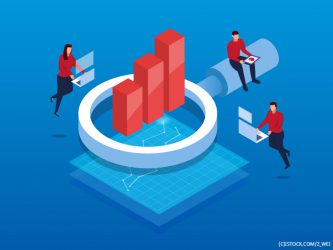Why it’s time to tailor your omnichannel marketing strategy to fit the now
The Covid-19 pandemic has profoundly altered consumers’ needs. Specifically, customers who once settled for basic customer service now crave brands that make them feel valued, safe, and happier. Adjusting omnichannel marketing strategies to adapt to changing needs is always important, and now it is essential for building brand preference and loyalty.
Companies that instinctively pivot to “now” are thriving. For example, Tesla simplified its online vehicle purchase process...














